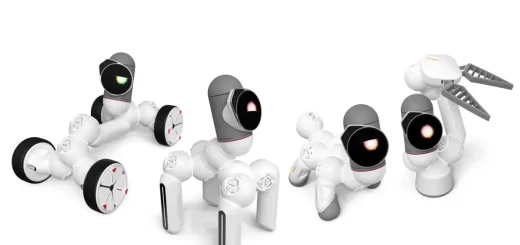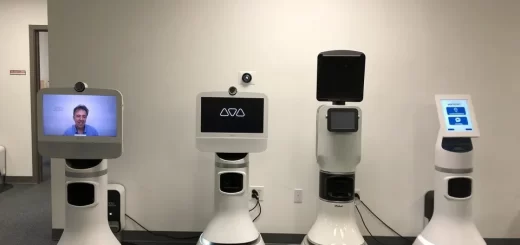Neuralink importance, risks and What exactly does Neuralink do?
Implantable brain-computer interfaces (BCIs) are devices that are surgically placed in the brain to directly record and stimulate brain activity. The device, called “the Link“, is a small chip that is embedded in the brain. It can pick up signals from the brain and transmit them to a computer.
What is Neuralink?
Neuralink is developing implantable brain-computer interfaces (BCIs). These BCIs are called “Links” and are surgically implanted chips that can record and stimulate brain activity. The link can create a seamless connection between the human brain and computers.
The Link is designed to be completely embedded and invisible, It can pick up brain signals and transmit them wirelessly to a device. Neuralink‘s initial targets are people with paralysis, aiming to restore motor function and allow them to control computers or mobile devices with their thoughts.
After years of animal testing, Neuralink received FDA approval for human trials in May 2023. In January 2024, they implanted the Link in the first human patient, who was able to control a computer using the device. Neuralink can improve lives and reshape our relationship with technology.
Their chips are embedded in the brain, unlike some other BCIs that are worn externally. The Link can decode brain signals, allowing you to control external devices like computers or smartphones just by thinking.
Neuralink‘s goal is to create a system that allows people to control computers and other devices just by thinking. In the future, this technology could be used to treat neurological conditions and enhance human abilities. The link was implanted in a human patient who had paralysis for the first time, and the patient could use the device to play chess on a computer.
Neuralink can send electrical stimulation to the brain, It is a groundbreaking technology with the potential to revolutionize how we interact with the world and treat neurological conditions. Neuralink holds the promise of significant advancements in both medicine and human-computer interaction.
What can Neuralink do?
Neuralink’s current applications can be broadly categorized into two areas: medical and cognitive enhancement:
Medical Applications
The device aims to help people with paralysis, blindness, or other neurological conditions regain control over limbs, prosthetics, or communication devices. By reading and interpreting brain signals, the chip could translate thought into action.
Treating neurological disorders: Neuralink hopes their technology might provide new treatments for conditions like Parkinson’s disease. By stimulating specific areas of the brain, they might be able to regulate abnormal activity.
Cognitive Enhancement
Augmented communication: Neuralink envisions a future where the chip allows for seamless communication through thought, bypassing the need for speech or typing.
Enhanced memory and learning: While still theoretical, some believe Neuralink’s tech could improve memory and learning by providing information directly to the brain or strengthening neural connections. Neuralink envisions using its tech to enhance memory, learning, and decision-making.
Importance of Neuralink
Neuralink has the potential to revolutionize how we treat neurological conditions. It could provide people with paralysis or other disabilities the ability to regain control and lost functions. The chip could be a game-changer for individuals who are unable to speak or communicate traditionally.
Neuralink could lead to a more seamless interaction with technology, allowing us to control devices directly with our thoughts. While further research is needed, Neuralink might one day be used to improve human memory, learning, and decision-making.
Neuralink risks
Implanting devices in the brain raises ethical concerns. Brain surgery is a serious procedure, and implanting a device like Neuralink carries inherent risks of infection, bleeding, or damage to brain tissue.
There are significant ethical concerns surrounding brain-computer interfaces. Who can control the data collected by the chip? Could it be used to manipulate people’s thoughts or behavior?
Brain data is incredibly personal. Hacking or misuse of this data could have serious consequences. Neuralink technology is expensive. This could limit its accessibility to those who need it most.
The long-term effects of brain implants on the human body and brain are unknown, Neuralink’s technology is in its early stages. While it has shown promise in initial trials, its current capabilities are limited.
You can subscribe to Science Online on YouTube from this link: Science Online
You can download the application on Google Play from this link: Science Online Apps on Google Play
Robotic Surgery vs. Laparoscopic Surgery, Robot-assisted surgery features, benefits and drawbacks
Surgical robots types, advantages, disadvantages, How is robotic surgery different from traditional
Healthcare robotics, Nursing care robots review, types, advantages, disadvantages and uses
Robot-Assisted Heart Surgery types, benefits, risks, Robotic heart vs. open-heart surgery
Interventional radiology types, Robotic endovascular systems advantages and disadvantages




